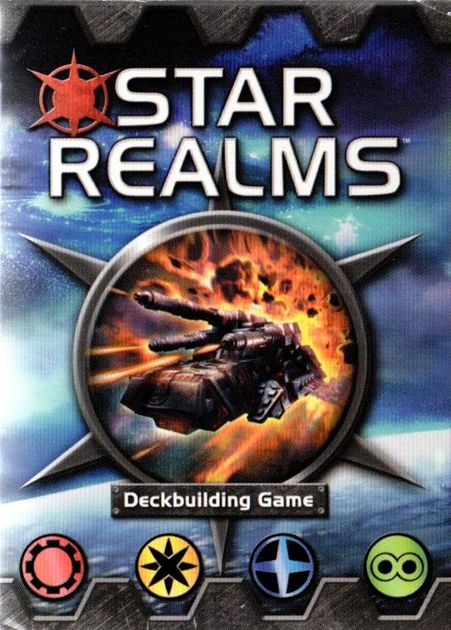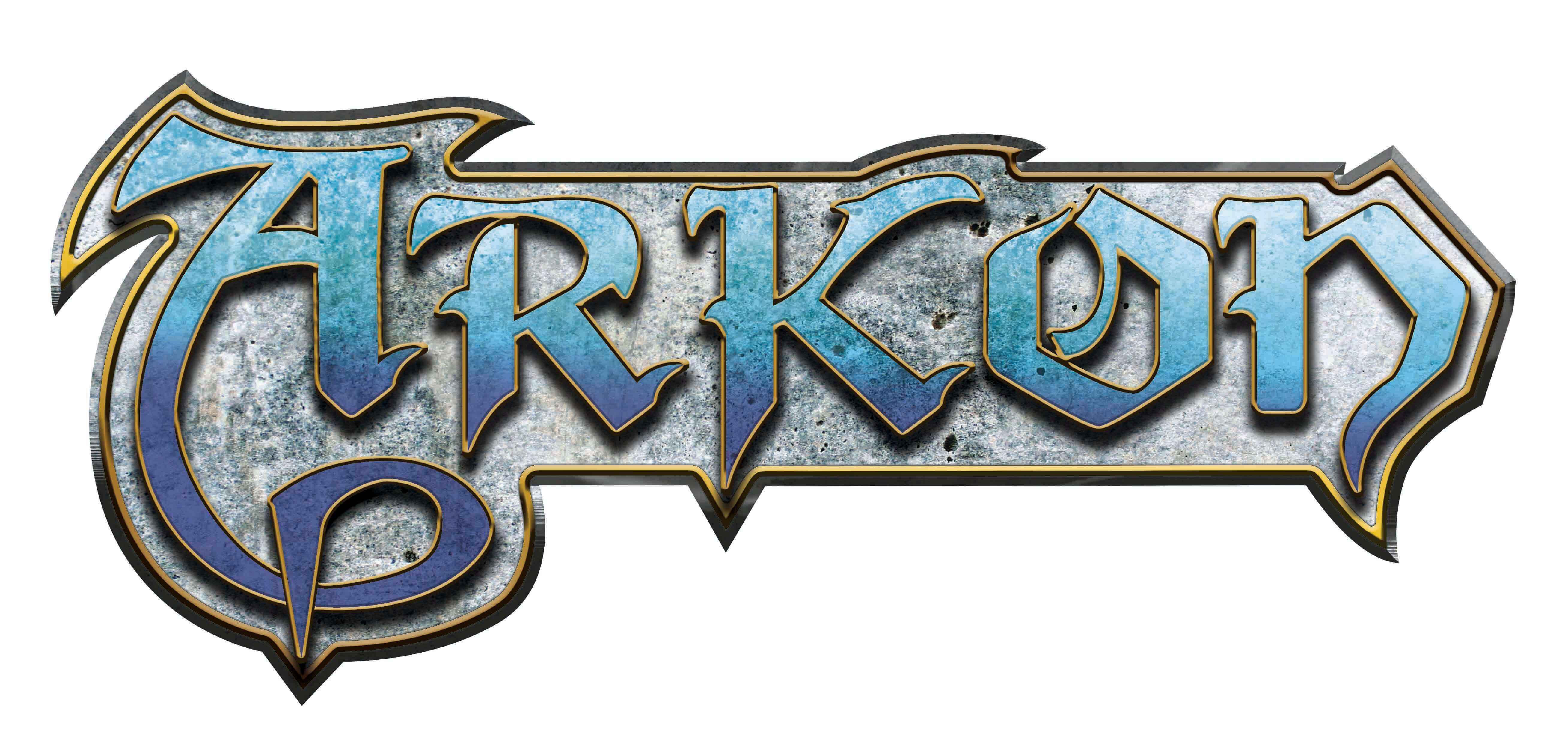
Hey everyone!
Today’s interview is from the Creative Director of White Wizard Games and a key designer on Star Realms, one of our personal favorites in the genre of deck builders and fast paced card games. Darwin Kastle, who we are lucky enough to hear from, is an immensely talented designer, so buckle up for some great insights.
How did you work to foster increased interaction in your game design and how important was interaction in your game development?
I had long felt that one of the biggest weakness of deckbuilding games was a lack of interaction between the players. In most cases the only way to interact with other players was to acquire a card that they might want, thus denying it to them. Other than that, most deckbuilding games felt like competing games of solitaire where you each played your own game and then just compared your results with each other at the end.
This seemed like crucial design space for me to create a new game in. The key to Star Realms is the role of combat in the game. While you can try to compete with your opponent over cards to be acquired, now you can also interact directly with your opponent using combat. This is done in two significant ways. First, you can use combat to destroy your opponent’s bases. Left alone, bases can be used to generate advantages in several ways. Whether or not your opponent gets rid of your bases is a huge deal in the game. Most importantly, combat is used to win the game. Each player starts with 50 Authority and if you can use combat to reduce your opponent’s score to zero, you win. Instead of the game having a somewhat arbitrary end point, the only way to end the game involves direct interaction with your opponent.
How did you consider replay value in the design process? What ways did you work to increase replay value?
One of the best things about Star Realms is the amount of replay value you get per dollar. Most $15-$20 games lose much of their luster after 10-20 plays. I’ve played thousands of games with the base set of Star Realms, and I still find it compelling.
There are several reasons for this. The biggest key is ensuring that every time you play the game feels different. By having a trade row of random cards where the cards are continuously being replaced with more random cards, your play options will change with every time you play Star Realms. The game uses a shared deck of 80 cards, but only five of them are available for players to choose from at any given time. Since those five cards are random and constantly changing throughout the game, each game plays differently. Based on how a given game plays out, it might be correct for you to use an aggressive strategy one time and a more deliberate one another time. Sometimes you might want to focus on acquiring as many bases as possible and other times perhaps you want to concentrate your deck around only one or two of the four factions in the game, so you can trigger powerful ally abilities more reliably.
What was the most substantial change that happened during playtesting?
Our company’s favorite design tool is something we like to call the “simple stick”. We’ve learned that the most important part of the design process is hitting the game over and over with the simple stick. Most games start out way too complex and trying to cover way too much ground. Many of the best games have an extremely simple and elegant premise with an easily understood game engine. We prefer games that are easy to learn and hard to master.
We found my original prototype of Star Realms to be way too “mathy”. Virtually every card in the game had two options. Typically, you could choose between generating some amount of one resource or a different amount of a different resource. One of the goals with this was to make cards that were useful in both the early game and the late game. In testing it led to players constantly going “into the tank” as they added up all the different potential resource totals and weighed countless options on how to play their turns. We quickly realized that the cards needed to be simplified and that we needed to find a different way to ensure that cards would be interesting at all points in the game.
How did you find the artists and graphic designers for your game?
In the beginning, I was a first-time art director, and I just Googled art portfolios with the kinds of subject matter that we were interested in. When I found portfolios that looked promising, I contacted the artists for rate quotes. Now that our games have won awards and become well known, we have artists contacting us with links to their portfolios for me to look at, which makes things easier.
As for graphic design, one of four founders of the company is a skilled graphic designer. Most of the graphic designers we’ve hired since then are friends we’ve made through the industry who conveniently turned out to be talented designers that were intrigued by the opportunity to work with us.
What are the major dynamics that make your game unique? How did you brainstorm or come up with the original concepts behind those?
The biggest thing that make Star Realms stand out from other deckbuilding games is the large amount of interaction between the players. I also think the use of faction related ally abilities is a cool mechanic that helps set Star Realms apart. Many players also appreciate the clean and elegant way the end of the game and the winner of the game is determined.
I have long been a fan of deckbuilding games, so a big part of the brainstorming process was a combination of deciding what I liked about other deckbuilding games and what I thought was missing from those games that could take the deckbuilding concept to the next level.
How did you think about barrier of entry when you designed your game?
When I designed Star Realms, I put lots of thought into making a deckbuilding game that would be simple to learn and start playing. Now I get lots of feedback from players who are grateful to have a game that many of their friends and family who don’t normally play strategy games actually enjoy playing.
Once we started looking into how we wanted to package the game, we were able to remove another barrier to entry by creating a deckbuilding game without a board that fit into a relatively small deckbox. Most deckbuilding games sold for $40-$50. We were able to sell a great deckbuilding game for only $15.
What is one piece of advice you would give to new game designers trying to get into this space?
If your friends aren’t enthusiastically asking you if they can play your game again, it needs more work. If you can’t get your friends excited about a game, you stand little chance of selling it to other people, especially to a game company.

